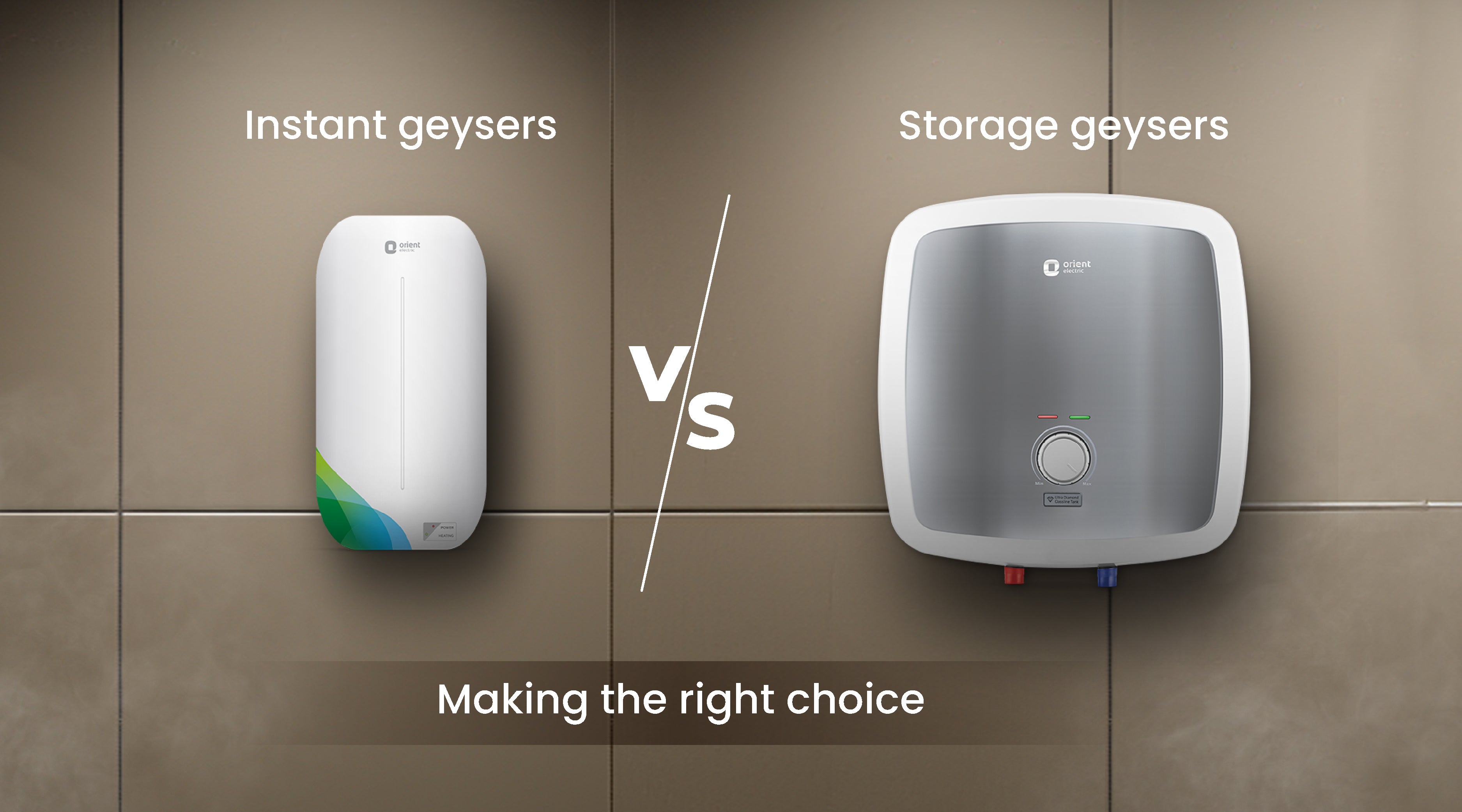Search for geyser sizes that fit into your lifestyle.
Search for geyser sizes that fit into your lifestyle.
Blog Article
How to Choose the Right Geyser to Optimize Energy Effectiveness in Your Home
Picking an energy-efficient geyser is not as simple as it seems, requiring careful analysis of different factors. From recognizing the different kinds of geysers, to examining their power efficiency ratings and taking into consideration positioning strategy, each choice plays an important duty in making the most of performance. Stabilizing the initial financial investment with long-term financial savings is also critical. Allow's embark on this journey to uncover exactly how to make one of the most informed option for a hot spring that will lower your power bills while making sure optimal performance.

Recognizing the Different Kinds of Geyser
While there are numerous sorts of hot springs offered on the marketplace, understanding the distinctions between them is vital for power performance (geyser sizes). The very first kind, storage geysers, are one of the most common and store warm water in a tank for use when required. They are available in different abilities and are typically energy-efficient, however they can shed heat when not being used
The 2nd kind is the tankless geyser, which heats water as needed, causing much less energy waste but needing a greater preliminary power draw. Finally, there are heatpump geysers that utilize power to relocate heat from one place to another as opposed to generating heat directly. They can be a couple of times much more energy effective than traditional storage space geysers. Solar geysers utilize solar energy to heat up the water, making them the most energy-efficient however also the most expensive.
Evaluating Your Home's Hot Water Needs
Prior to diving into the purchase of a hot spring, it is essential to evaluate the warm water demands of your family. This assessment should take into consideration countless aspects including the variety of family members, regularity of hot water use, and the number of warm water outlets in the home (geyser sizes). A tiny household with irregular warm water usage could call for a smaller, much less powerful geyser contrasted to a larger family members with several daily hot water needs
The kind of appliances that call for warm water additionally play a considerable duty. Dishwashing machines and washing makers, for example, might need even more warm water than a simple shower or kitchen area sink. Moreover, specific tasks such as click to read showering or cleaning likewise influence the regularity and volume of hot water required.
Reviewing Energy Effectiveness Rankings of Geyser
Having examined the warm water demands of your home, it's vital to turn your interest to the power efficiency ratings of hot springs. These rankings, usually provided as Power Variable (EF), indicate a geyser's general power performance based upon the quantity of warm water produced per system click to find out more of gas eaten over a typical day. The higher the EF, the much more effective the water heating system.

Considerations in Geyser Size and Positioning
Beyond energy performance rankings, the dimension and placement of your geyser are crucial components to think about. The dimension of the geyser ought to align with your house's warm water needs. A little geyser might use much less power but may not provide adequate warm water for numerous uses at the exact same time, whereas a larger device can meet greater need yet may consume even more click here now power.
Geysers should be set up close to points of usage to reduce heat loss throughout water transportation. In addition, thinking about thermal insulation, a hot spring located in a warmer location sheds much less heat and consequently makes use of less power to maintain the water temperature level.
Expense Evaluation: Balancing Initial Investment and Long-Term Cost Savings
While size and positioning unquestionably play significant functions in a hot spring's energy performance, one should not forget the financial element. When considering the preliminary financial investment, the cost of energy-efficient hot springs can be more than standard designs. However, the enhanced upfront price can be countered by long-lasting energy cost savings, making it a rewarding financial investment over time.
Assessing long-term financial savings needs an understanding of the geyser's power ranking. A device with a higher rating will take in less energy, converting to lower utility bills in time. Moreover, federal government motivations and rebates for energy-efficient appliances can likewise help redeem initial costs.
Lastly, maintenance and life expectancy ought to be factored in. Energy-efficient geysers commonly have much longer life expectancies and lower maintenance expenses, adding to overall savings. When balancing initial financial investment and long-lasting cost savings, one should consider not just the purchase cost but likewise energy usage, government motivations, and upkeep costs.

Verdict
These consist of recognizing the kinds of geysers, assessing your household's warm water needs, assessing power effectiveness scores, and computing cost benefits. The right geyser dimension, placement, and insulation can considerably decrease power expenses and ecological influence.
Report this page